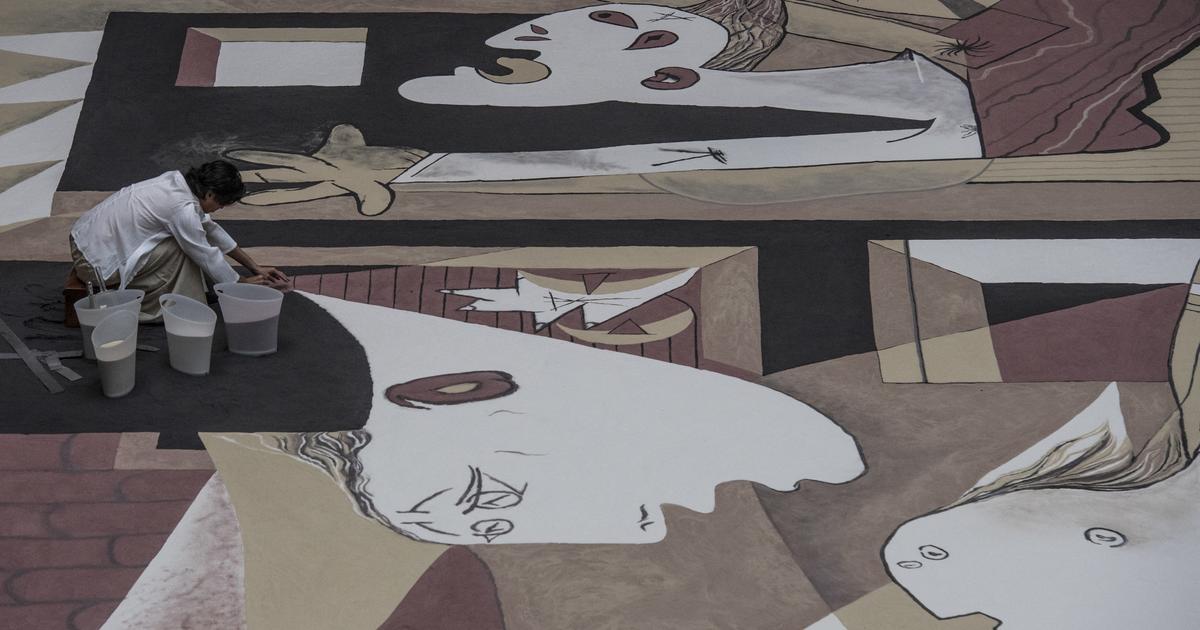The Arab World Institute (IMA) in the northern city is hosting a groundbreaking exhibition that looks back at the works of the Spanish talent influenced by Arab culture.
Despite the fact that Picasso never visited the Arab East, he left an indelible mark and borrowed from it. A pioneering exhibition at the Arab World Institute (IMA) in Tourcoing, in the north, has emphasized this source of inspiration.
The exhibition begins with two candlelit portraits, one by Picasso of his companion Dora Maar, and the other by the Egyptian Samir Rafi, both using Cubist conventions.
The show, which runs until July 10, invites you to take part in giving “According to Mario Choueiry, one of the curators, Arab painters are often overlooked in the history of art. The Arab avant-gardes “pass through the digestion of impressionism, fauvism, and cubism before becoming themselves” in countries where sculpture and painting are particularly”colonial import methods,” he explained.
Picasso’s works mirrored the Arab world even if he did not travel there. The Arab avant-two garde’s manifestos, released in Cairo in 1938 and Baghdad in 1951, both claim the Spanish master.
As a result, we see an enormous Guernica transferred into 1980s Syria, where the Baathist dictatorship brutally suppressed Hama’s Islamist opponents.
A minotaur, a horse, and helicopters pounding a tower of Babel are shown in a triptych by Syrian painter Alwani Khozaima.
«There is a resemblance, but it is a reinterpretation,” says Saleh Barakat, the gallerist who lent the piece. “It’s about the Arab world in the 1970s and 1990s,” says the author “own vocabulary», with the rape of the horse, which is “the dignified animal that refuses to surrender” in Arab culture.
« And this allows us to showcase musicians that are less well-known in the West, as well as rediscover others with fresh eyes,” said Saleh Barakat once more.
Other works have a less formal link, such as a political protest of violence or an artistic work of abstraction. As in this Picasso portrait of Algerian independence activist Djamila Boupacha, who was imprisoned at the time.
A few traditional Islamic objects, such as rugs and ceramics, are on show as well, providing another source of inspiration for the Arab avant-garde. Their sophisticated designs and bestiary appear to have struck a chord with Picasso. “Françoise Cohen, director of the IMA Tourcoing, observes that “when we talk about Picasso, we typically talk about his orientalism,” but “never about his relationship with Arab painters.” “She went on to say that she hopes this show would open up a field of research into these interactions and meetings. In 2024, the exhibition will be shown at the Institut du Monde Arabe in Paris.
